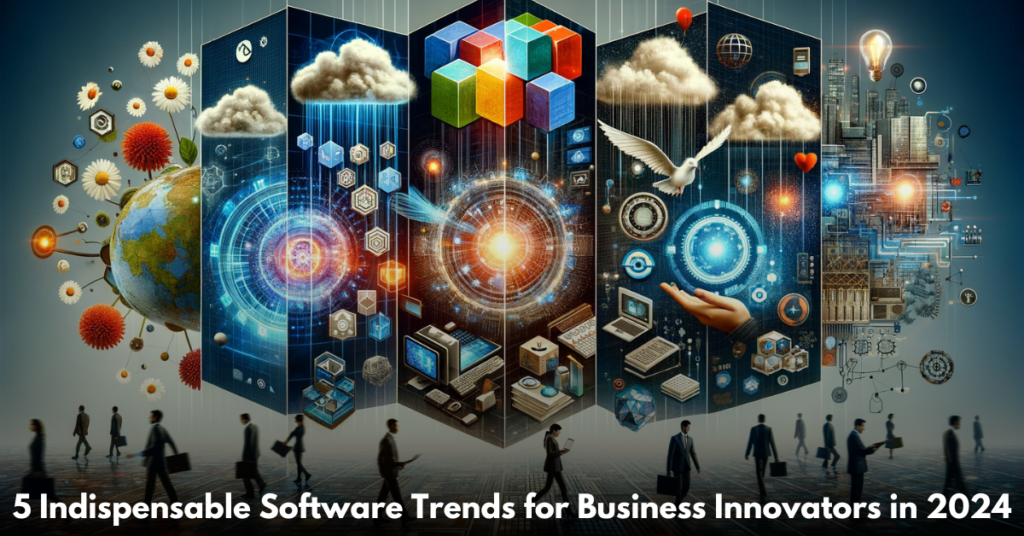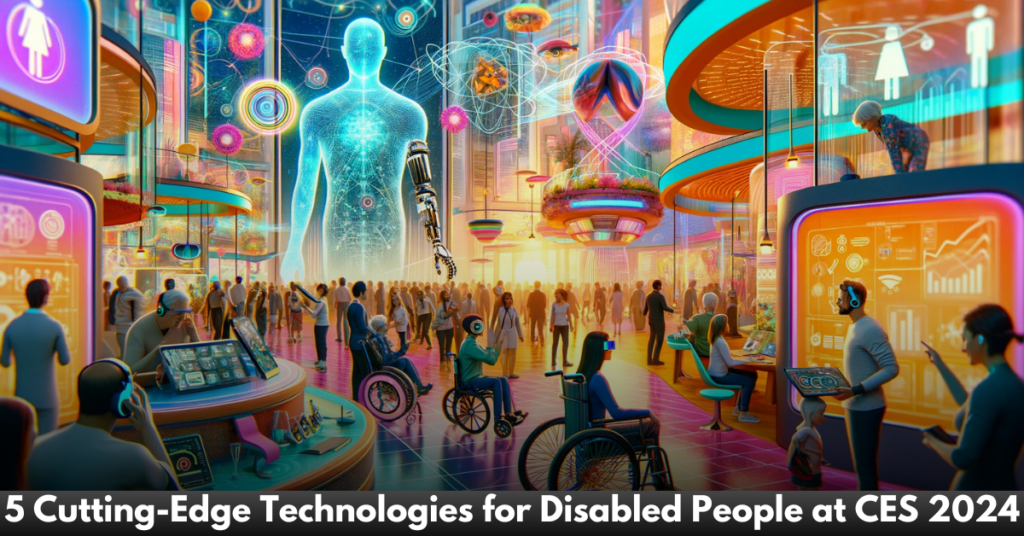5 Indispensable Software Trends for Business Innovators in 2024
The origin of the word “innovation” is the Latin noun “innovatio,” which is a derivative of the verb “innovare.” It refers to the act of introducing something new, such as a new product, strategy, service, or communication method. It should provide value and fuel growth for businesses. The 21st century is a technologically driven century, with companies like Apple, Uber, Airbnb, and Amazon causing paradigm shifts in various industries.
Software, a collection of programs and data, is a crucial aspect of business innovation. It tells computers how to perform specific tasks and often includes associated documentation. In contrast, hardware is the building and functioning of the system. Understanding the interrelationship between software and hardware is essential for business innovators.
The following software trends are essential for business innovators to stay updated in the modern era.
Artificial intelligence
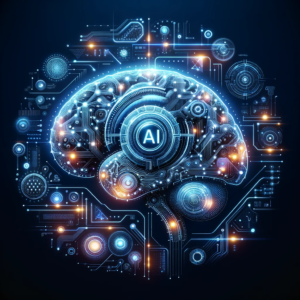

AI is a critical component of business success, with 94% of business leaders surveyed stating it is essential. As AI matures, more organizations are adopting AI-based solutions to reduce costs, innovate products, and generate revenue. Healthcare is one industry that is realizing its life-saving outcomes, with AI aiding clinical decision-making, improving diagnosis accuracy, and reducing medical errors. The National University Health System in Singapore uses AI tools to enhance doctors’ work by applying better diagnostic and disease models.
Artificial intelligence and machine learning have the potential to change the future world, with AI and ML resources providing benefits such as improved performance, customer service, better data analytics, production issues, and higher revenues. AI can generate human-like interactions using semantic techniques like data wrangling, natural language processing, and generative AI.
AI is a game-changer in the age of automation, with the potential to streamline organizational processes and improve cyber defenses. With the rapid development of AI and related technologies like augmented reality (AR), virtual reality (VR), and machine learning (ML), these innovations are becoming essential everyday tools in the business world. The global market size of AI is predicted to expand at a rate of 37% per year to 2030, reaching $1,811.8 billion. In the coming years, AI will play a pivotal role in tackling malware that is capable of pattern recognition and machine learning.
Augmented Reality, Virtual Reality, and Mixed Reality
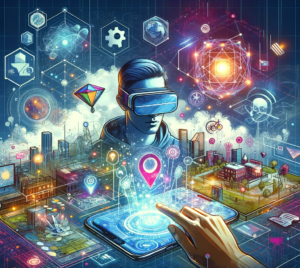

Augmented reality (AR), virtual reality (VR), and mixed reality (MR) are three emerging technologies that are set to change how we perceive and interact with the world fundamentally. AR is widely used across various industries, including eCommerce, shopping, and navigation. Its development is gaining momentum with tools like ARCore and ARKit from Google and Apple. Virtual reality (VR), primarily focused on gaming, offers an immersive first-person experience, but it also has applications in the education and entertainment sectors.
Students can experience virtual worlds and watch VR-based movies in their homes. Virtual reality-based software developments will become widespread due to dedicated tools like Amazon Sumerian and Google VR, as well as lower hardware costs. Mixed reality (MR) bridges the gap between reality and the digital world, blending the digital with the physical. Companies like Microsoft, which supports MR with products like Hololens, have laid the groundwork for MR to become the next big thing.
Cybersecurity


As businesses increasingly operate online, the risk of hacks and breaches has increased. Cybersecurity is crucial for protecting digital business data, including systems, networks, programs, devices, and data. It is a growing trend in the information technology industry, encompassing critical infrastructure, network, cloud, IoT, and application security. Organizations can develop suitable cybersecurity strategies to protect their confidential data from unauthorized threats and avoid financial losses.
Cybersecurity encompasses all aspects of protecting an organization, its employees, and its assets against cyber threats. As cyberattacks become more advanced and corporate networks become more complex, various cyber security solutions are required to mitigate corporate cyber risk. Business owners must understand the workings of cybersecurity, which include safeguarding individuals and organizations against cyberattacks, theft, and the loss of sensitive information; monitoring systems to protect personal data; and protecting against fraud and online assaults. As ecommerce continues to evolve, business owners must consider the pros and cons of cybersecurity.
Blockchain Technology


A blockchain is a digital register that securely links blocks using cryptography, forming a chain that reinforces previous blocks. It serves as a digital ledger for duplicate transactions and is distributed across the entire network of computer systems. Each block contains multiple transactions, and every new transaction is added to every participant’s ledger. Blockchain allows digital information to be cataloged and circulated without editing or altering it.
It is also used for logging transactions involving cryptocurrency and maintaining user intellectual property. Blockchain technology is an advanced database mechanism that allows transparent information sharing within a business network. It stores data in blocks linked together in a chain, ensuring chronological consistency. It is used in various sectors, including energy, finance, media, and entertainment.
Data Democratization
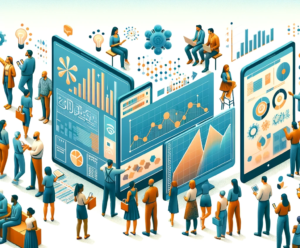

Datafication is a software trend that transforms various aspects of our lives into data, which is then transformed into information and value. Introduced in 2013, it has evolved due to the impact of big data and predictive analytics. Businesses collect customer data from various channels, such as physical retail, e-commerce, and social media. By using data analytics, businesses can create comprehensive customer profiles, gain insights into customer behavior, and guide business decisions.
Predictive analytics can suggest potential changes in response to business changes, while prescriptive analytics can indicate how businesses should react to these changes. Data democratization has increased, allowing citizen data scientists to use data for better decision-making and freeing up IT resources. Koch Industries, an enterprise of enterprises, uses TIBCO solutions to drive collaboration across its businesses, sharing best data practices and templated functions, democratizing development. This trend aims to streamline operations and mitigate risk by providing access to business data for citizen data scientists.

